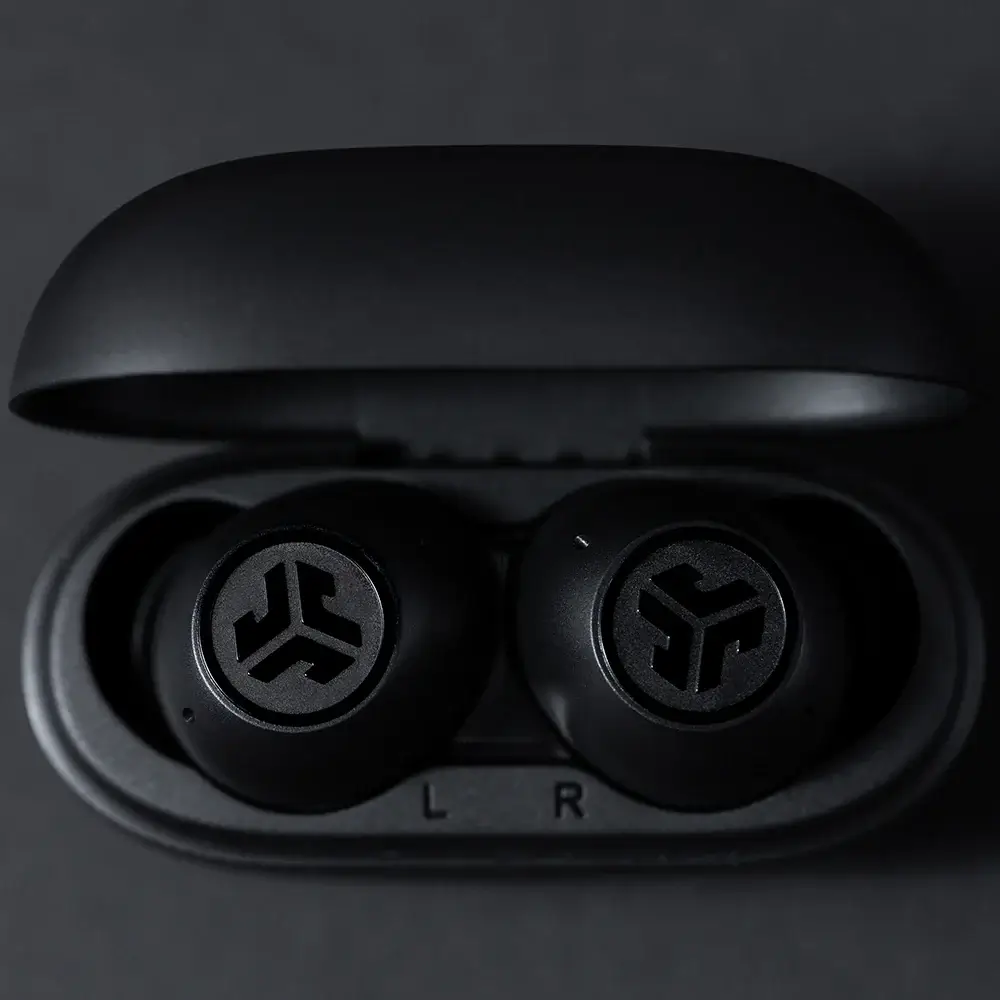JLab earbuds offer varying levels of water resistance, with most models featuring an IPX4 or IP55 rating, providing protection against splashes and sweat but not full waterproofing for submersion.
IPX4 Rating Explained
IPX4 is a water resistance rating that indicates protection against splashing water from any direction. This level of protection allows devices to withstand light rain, sweat, and accidental splashes, making them suitable for everyday use and light outdoor activities. However, IPX4-rated devices are not designed for submersion or exposure to high-pressure water jets.
Key points about IPX4 rating:
- Devices can withstand water splashes for at least 10 minutes
- Suitable for use in light rain and during workouts
- Not waterproof; should not be submerged or exposed to heavy rain
- Common in mid-range electronics like headphones, speakers, and some smartphones
- Testing involves spraying water from all angles to ensure adequate protection
While IPX4 offers decent protection for everyday use, it’s important to note that it doesn’t guarantee complete waterproofing. For activities involving submersion or heavy water exposure, higher ratings like IPX7 or IPX8 are recommended.
Surviving Accidental Submersion
While JLab earbuds are designed to resist splashes and sweat, they are not meant for submersion. However, user experiences suggest some models may survive brief accidental dunking. If your JLab earbuds get submerged:
- Remove them from water immediately and dry thoroughly with a soft cloth
- Place in a container of uncooked rice or silica gel packets for 24-48 hours to absorb moisture
- Do not attempt to charge or turn on the earbuds until completely dry
- Once dry, try powering on to check functionality
Some users report JLab Go Air Pop earbuds functioning after brief submersion in pools and even washing machines. However, this is not guaranteed, and prolonged exposure to water will likely damage the earbuds. For activities involving water immersion, consider using earbuds with higher waterproof ratings like IPX7 or IPX8.
Water Resistance vs. Waterproof
Water resistance and waterproof are distinct levels of protection against water exposure. Water-resistant items can repel water to some degree but are not impervious to it. They typically have a water column rating between 0-1000mm and can withstand light rain or splashes for a short period. Waterproof items, on the other hand, are designed to be impermeable to water, with a water column rating of at least 1000mm.
Key differences:
- Water-resistant materials may use coatings or tight weaves to repel water, while waterproof materials create an impenetrable barrier
- Waterproof items can withstand submersion, while water-resistant items cannot
- Water-resistant fabrics are often more breathable than waterproof ones
- Waterproof electronics usually have specific depth and pressure limits
Here’s a table summarizing the differences between water resistance and waterproof:
| Feature | Water Resistance | Waterproof |
|---|---|---|
| Definition | Repels water to some degree, not impervious | Impermeable to water |
| Water Column Rating | 0-1000mm | At least 1000mm |
| Protection Level | Withstands light rain or splashes | Withstands submersion |
| Material Construction | Coatings or tight weaves to repel water | Creates an impenetrable barrier |
| Breathability | Generally more breathable | Often less breathable |
| Electronics Limitations | N/A | Specific depth and pressure limits |
| Best Use Cases | Light rain or occasional splashes | Heavy rain or submersion |
When choosing between water-resistant and waterproof products, consider the intended use and environmental conditions. For light rain or occasional splashes, water-resistant items may suffice, but for heavy rain or submersion, waterproof protection is necessary.



